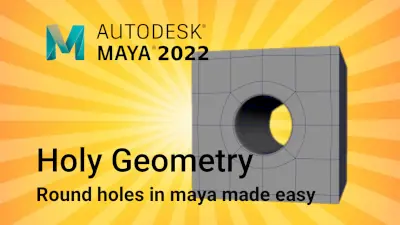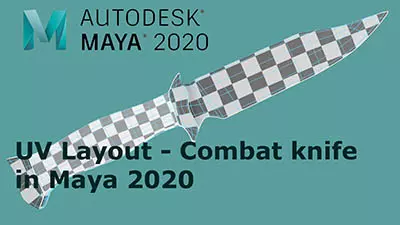I think my biggest problem so far is that I don't know how to select something that I've just created
So far I am able to create the NURBS sphere with this:
Code:
CreateNURBSSphere; setAttr "makeNurbSphere4.endSweep" 180; rotate -r -os -90 0 0 ; displaySmoothness -divisionsU 3 -divisionsV 3 -pointsWire 16 -pointsShaded 4 -polygonObject 3; subdivDisplaySmoothness -smoothness 3; select -r nurbsSphere4.u[1.53] ; select -tgl nurbsSphere4.u[2.52] ; InsertIsoparms; insertKnotSurface -ch 1 -nk 1 -add 1 -ib 0 -rpo 1 -d 1 -p 1.53 -p 2.52;
so... how do i make a NURBS object and select it straight after?
When I go to select the object and convert it to polygons and then do a planar projection I see these lines appear int he script window
Code:
nurbsToPoly -mnd 1 -ch 1 -f 2 -pt 1 -pc 200 -chr 0.1 -ft 0.01 -mel 0.001 -d 0.1 -ut 3 -un 2 -vt 3 -vn 2 -uch 0 -ucr 0 -cht 0.01 -es 0 -ntr 0 -mrt 0 -uss 1; hilite nurbsToPoly4 ; selectMode -component ; select -r nurbsToPoly5.f[0:95] ; polyProjection -ch 1 -type Planar -ibd on -md x nurbsToPoly4.f[0:95]; ; setAttr "polyPlanarProj2.rotateY" 0; setAttr "polyPlanarProj2.rotateX" 90; setAttr "polyPlanarProj2.projectionWidth" 7; setAttr "polyPlanarProj2.projectionHeight" 7;











